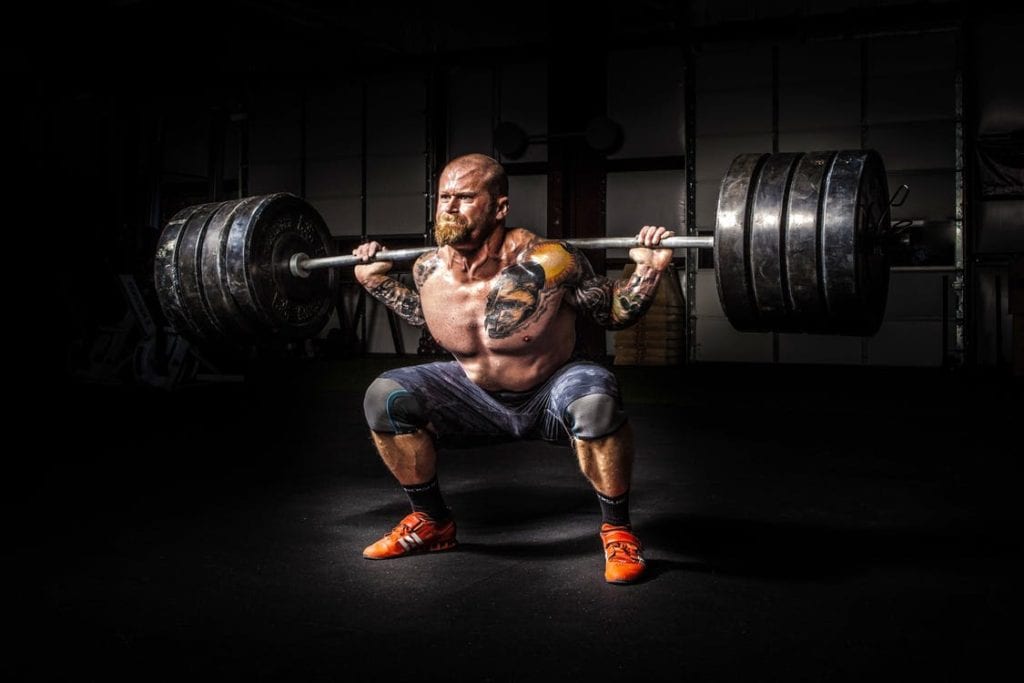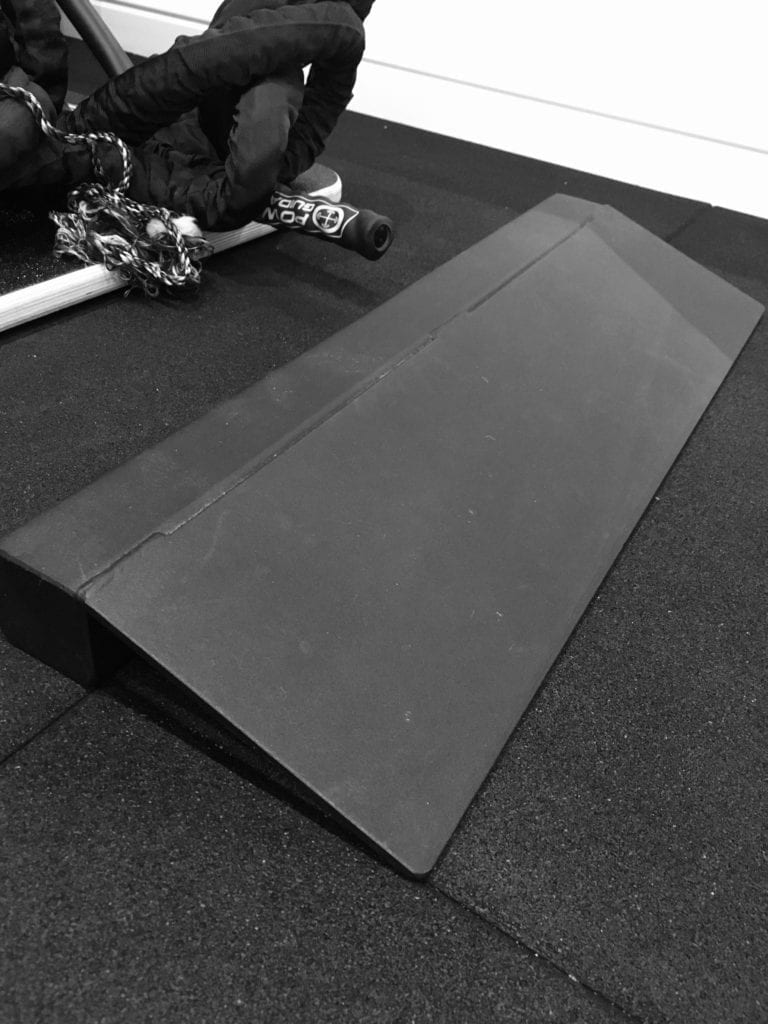How to add 20kg to your squat in the next 60 days…
11/03/2019There’s no doubt about it the squat is one of the best exercises not only for the legs, but also for the core, and upper back – in fact the squat hits multiple muscles all in one go!

The squat exercise is perfect in a fat loss program, and perfect in a muscle building program, and it’s a great exercise for most athletes, etc, etc!
Basically…If you can squat…then you should squat!
In this post I’m going to tell you how to add 20kg to your squat in the next 60 days!
I’ve used these strategies with my LEP Fitness clients and they’ve all seen massive improvements to their squat over a very short period of time (between 4-8 weeks) – most people will be able to add at least 10kg to their squat in the first month.
Let’s dive in…
#1 Improve Mobility
Probably the most common issue that holds people back from squatting and adding weight to the bar is ‘poor squat mobility’. In order to squat properly (squatting 90 degrees or below!) you need to have good mobility in the ankles, shins, knees, hips and upper back. If one of these areas is tight and immobile then your squat is going to be negatively affected.
Something I do before squatting and something I get LEP clients to do is to go through a mobility routine. This is where we mobilise and increase the range of motion in key areas of the body to help improve the range of motion whilst squatting.
Before going into squats I’d recommend…
- Warming up on a cardio machine for 2-5 minutes (to increase body temperature)
- Spending 5-10 mins doing mobility drills to prepare the body for action
This is the routine I use at the moment, it’s really helping me to get lower into my squats…
#2 Use A Squat Ramp
Have you heard of a squat ramp? It’s basically a ramp the you put your feet on which helps you squat more efficiently.

As your heels are elevated the distance between your bum and heels is lessened meaning you don’t have to travel as far to get low into the squat, it’s also good for those of you who have poor mobility in the ankles and shins. I’d recommend using a squat ramp at the gym. If your gym doesn’t have one, then use weight plates and put your heels on the edge like this…

#3 Work on your core strength
Having a strong core is another key component to improving your squat. Although you can use a weight lifting belt, in my opinion it’s better to practice squatting without a belt, and building up your core muscles through specific ab training.
I’m a big fan of exercises like planks because done correctly they get you to active your core and keep it tensed for a prolong period of time – just like you need when squatting. Some other exercises that I use to train my core for better squats are…
#4 Train your hamstrings and glutes…
Most people tend to have strong thighs in comparison to their glutes and hamstrings, this is because we tend to use the thigh muscles more, for example walking up stairs, running, squatting to get out of a chair, etc. Often the hamstrings and glutes are tight, weak and underdeveloped, which will ultimately affect your squat!
I’d recommend training your hamstrings and glutes specifically once per week, to improve their strength and muscle activation, so that you can use more of these muscles whilst squatting.
Check out this video on why training your hamstrings and glutes is so important, and also use the exercises in the video to help you strengthen these muscles. Applying this strategy to your weekly routine will allow you to add more weight to your back squat overtime.
#5 Increase training frequency…
If you want to get good at something you’ve got to practice! If you really want to add some weight to your squat I’d recommend doing squats 2-3x per week.
Word of Warning : Now you’ve got to be careful because you don’t want to overtrain and get injured, I would therefore recommend mixing up your rep ranges and training intensity, for example…
- Monday – squat session 1- low reps and high intensity (3-5 reps x 5 sets)
- Wednesday – squat session 2 – light weight, technique focus (10-15 reps x 3 sets)
- Friday – squat session 3 – medium weight, technique focus (6-10 reps x 3 sets)
That way you can get in the frequency without having to beast it every session!
#6 Improve Each Leg…
Most people, in fact I’d say 99% of people that I’ve worked with in my personal training career (and I’ve completed over 10,000 sessions!) have a right and left side imbalance.
Most people tend to have one leg stronger than the other. The trouble with this is that when squatting you are always going to rely on your stronger leg, and in some cases the weaker leg works very little. Squatting like this is only going to create further imbalance between the legs (the strong leg will get stronger, the weak leg…weaker!) It’s also going to put you at a high risk of injury!
One thing I’d recommend is working on unilateral work which involves strengthen one leg at a time. I’m a huge fan of exercises like the Bulgarian squat and single leg deadlifts. You can spend more time working on your weaker leg e.g. doing more reps on your left leg – overtime the strength gap will lessen and you’ll be able to squat heavier and more efficiently.
Putting it all together…
Ok, so I understand I’ve fired over a lot of information! How the heck do you put all of this together and start adding serious kilos to your squat?
Ok, so in short…
- Add in the mobility routine that I shared earlier in this post – do this at the beginning of your leg sessions.
- Start using either a squat ramp or weight plates to elevate your heals and make your squat easier
- Train your core 2x per week
- Train your hamstrings and glutes 1x per week, using the exercises in the hamstrings and glutes video
- Start squatting 2-3x per week, mixing up your rep ranges
- Add in single leg work after your squats, exercises like the Bulgarian squat and single leg deadlift for hamstrings.
Try out the above for the next 2 months and watch the weight on the bar go up and up!
Happy Squatting!
Thanks for reading,

Nick 🙂